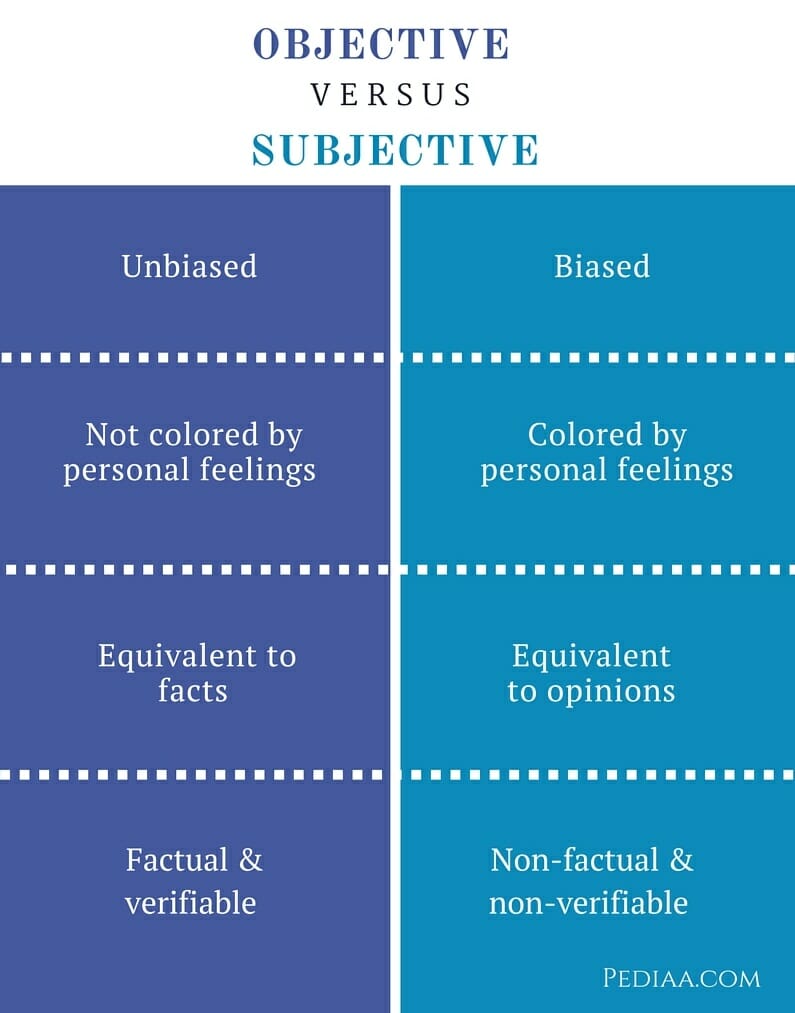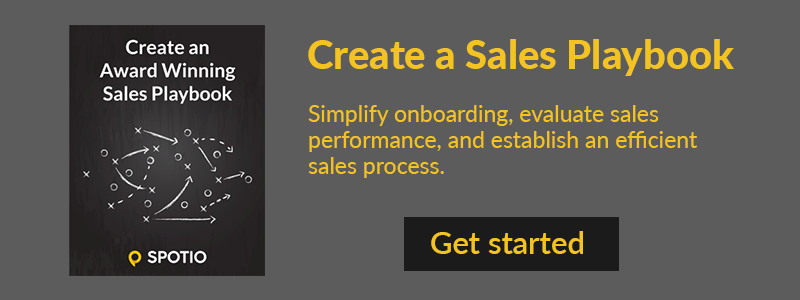Opportunity Forecasting is a qualitative approach that helps companies determine the expected value of the deals they close. It uses insight rather than intuition, relying heavily upon the assessments of sales reps.
The downside to this particular method is that it doesn’t rely upon hard science/math and is quite subjective. Companies that are not entirely certain their entire team of sales reps can make assessments about individual skills and potential clients, might end up with a tremendous amount of disappointment using this technique.

However, there are stages they can take to mitigate this potential loss and improve sales for all reps.
Importance of Forecast Stages
Sales forecasting is important as it allows you to find potential problems while there is still sufficient time to prevent them from worsening.
If, for example, you notice that your team is coming in around thirty percent below their quota across the board, you can determine the cause and initiate a course-correct. Perhaps the cause is a competitor that has started a new discount, or your sales compensation plan does nothing to encourage good sales achievement.
An accurate sales forecast requires quotas from individuals and teams so that you can not only gauge performance, but have an objective definition of your individual and team based success. You also need a documented structure for your sales process. Understand that if you’re not consistently relying upon the same steps for your sales process, you won’t be able to predict the likelihood of closing in the future.
A CRM is imperative so that every representative has a database for tracking opportunities that can achieve accurate predictions.
Factors that Impact your Forecast
There are different factors that can impact your sales forecast and thus, require your attention. Internal factors that are impactful include sales turnover. As employees come and go, revenue will decrease unless you already have your pipeline for potential hires. Policy changes such as a four-month production on commissions will decrease revenue as your representatives will typically only sell to the most likely of prospects.
If, for example, your reps only provide discounts for the first two weeks of every month, you will see a spike in close rates during the first two weeks and a significant decrease during the last two weeks.
Other impacting factors include territory shifts, especially if you have new representatives that need time to familiarize themselves with a new territory and subsequently fill out their pipeline.
Competitive changes such as a competitors slashing prices can cause sales outcomes to decrease. Economic conditions, market changes, industry changes, legislative changes, product changes, even fluctuating seasons can impact your forecasting.
That said, knowing these potential impacts ahead of time will help you set up your forecasting and is a crucial stage in preparing the forecast.
So, What Are the Stages?
Stage 1. Have a clear understanding of your business.
Determine whether you operate a business that provides services seasonally, manufactures products, relies on suppliers, or something else entirely. These questions help you determine how activities from your suppliers or customers can impact your sales, and the answers help you to modify your forecast.
Stage 2. Analyze your past performances.
If, for example, you have completed a business cycle, you can start your sales forecasting with field sales software. This is not an analysis you want to do manually. You can convert the sales data that you get from a single business cycle into graphs which produce overlay data for different cycles for better analysis.
You can, using this method, view seasonal changes to sales on an annual basis.
Stage 3. Understand your variables.
Sales forecasting is at the mercy of dynamic variables within your market sector. You need to understand as much as you can by gathering and analyzing market intelligence. Get it from every source you can. Use things like economic trends, online reports, competitor activity, industry newsletters, and more to get this information.
You need to train your sales force to report customer variables so that you can track the impact they might have on future sales.
Stage 4. At this point you need to calculate costs.
In order to build your sales forecast, you must review anticipated business growth. You want to push yourself toward incremental improvements annually, one season to the next, and one cycle to the next.
Your sales forecasts should account for the periods where things go downhill. Good sales forecasting for your down periods – as well as your high periods – will help you to manage costs, reduce inventory, and adjust sales staff as necessary.
Stage 5. Now it is time to create the sales forecast.
As a sales manager you want to forecast with some flexibility. You want to prepare for unforeseen contingencies which could come about. It can, for example, be difficult to predict when your supplier will fail to meet requirements or when an economic change will negatively impact the overall sales.
Take Action Now
In the end, following all five stages will help your company to achieve more reliable sales forecasting ideas in calculating costs, preparing for unforeseen contingencies, and better understanding the variables that influence your future sales.
Using sales CRM software can expedite the process each stage by alleviating any need to track this data manually. Without a proper CRM in place, this process will be far too complicated and time consuming, so use the proper tools and free up yourself and your reps to focus on closing sales.
_____
Questions or comments? Contact SPOTIO at [email protected] or comment below.
SPOTIO is the #1 sales acceleration and performance management software that will increase revenue, maximize profitability, and boost sales productivity.
Want to see a product demonstration? Click here to see how SPOTIO can take your sales game to the next level.




